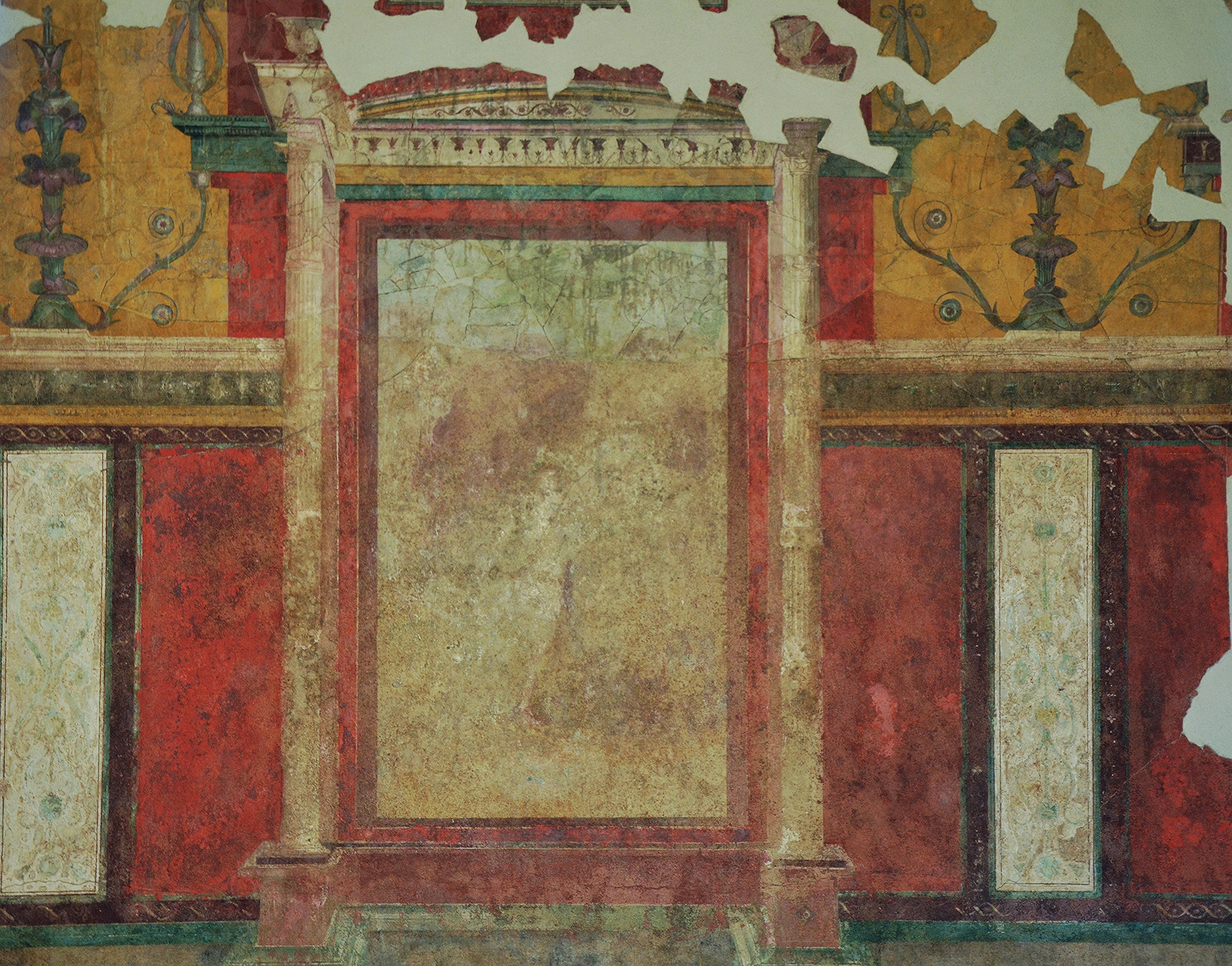Luthieros Music Instruments: Creators of the Lyre 2.0 Project
For the ancient Greeks, music was viewed, quite literally, as a gift from the gods. It was an integral part of life weaving its way into education, athletic and military activities, and events such as weddings and funerals. The term music in ancient Greece also covers dance, lyrics, and the performance of poetry. The ancient Greeks used many instruments to create their music like the panpipes and aulos (flute). However, the most well known would be the lyre a stringed musical instrument. Luthieros Music Instruments is a Greek company and family run business that creates playable lyres based on the structure of those played by the ancient Greeks. In this interview, Jade Koekoe of Ancient History Encyclopedia (AHE) speaks with Mr. Theodore Koumartzis, global communication supervisor and team member of Luthieros Music Instruments.



